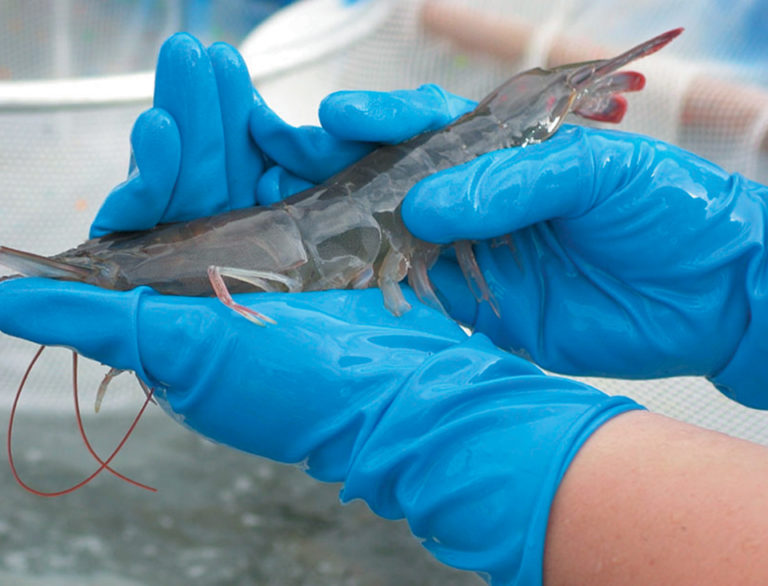
Health & Welfare
Biosecurity principles for sustainable production using SPF shrimp
Basic components of biosecurity include knowledge of diseases, adequate detection methods and the use of “clean” shrimp stocks.
Health & Welfare
The project produces specific-pathogen-free broodstock with good reproductive performance, fast growth and high survival. More than 60 hatcheries in India have received broodstock from the program.

Health & Welfare
Basic components of biosecurity include knowledge of diseases, adequate detection methods and the use of “clean” shrimp stocks.
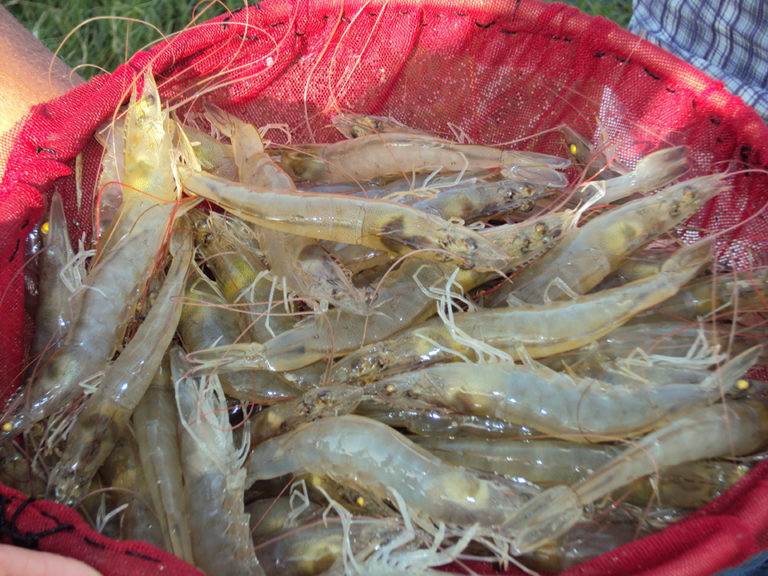
Health & Welfare
In response to Taura Syndrome Virus outbreaks, the U.S. Marine Shrimp Farming Program initiated a selective-breeding program to improve resistance in Pacific white shrimp.
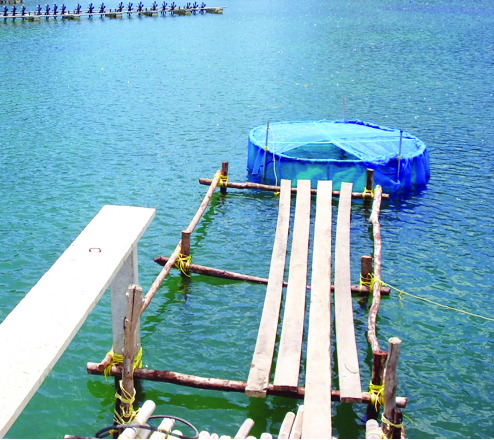
Health & Welfare
In research involving white shrimp siblings raised in ponds in Thailand and in raceways in Hawaii, shrimp growth can be improved after one generation of selection, even with a modest investment.
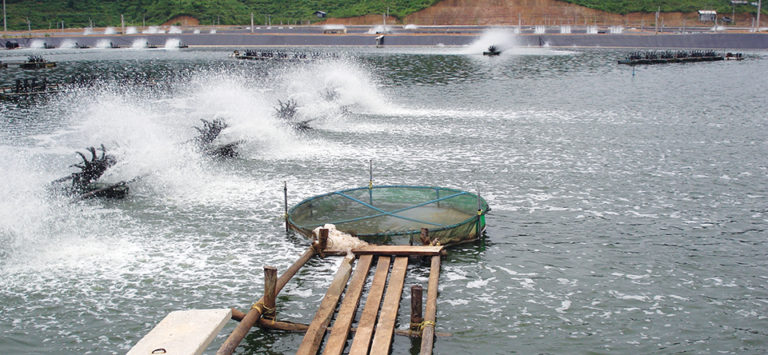
Intelligence
As economic benefits of selective penaeid shrimp breeding become more compelling, the shrimp industry will invest in breeding programs to produce genetically superior stocks.
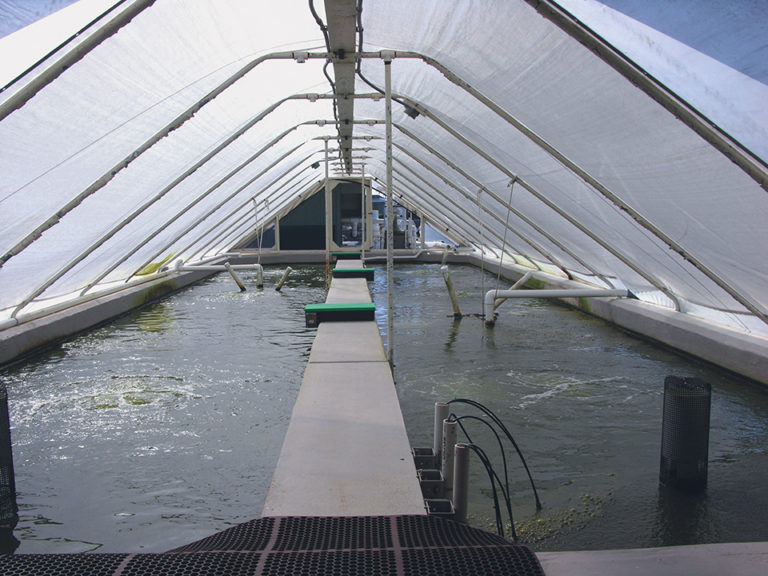
Health & Welfare
A super-intensive RAS grow-out trial produced 5.7 kg of shrimp per square meter in 14 weeks using minimal water volume and only 0.34 percent daily water exchange.
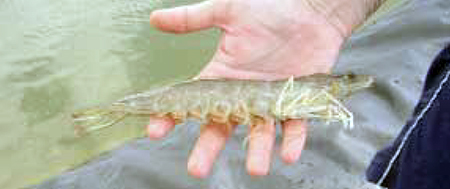
Health & Welfare
Kona line reference shrimp contribute to research by providing test stocks that are consistently and predictably susceptible to Taura Syndrome Virus.
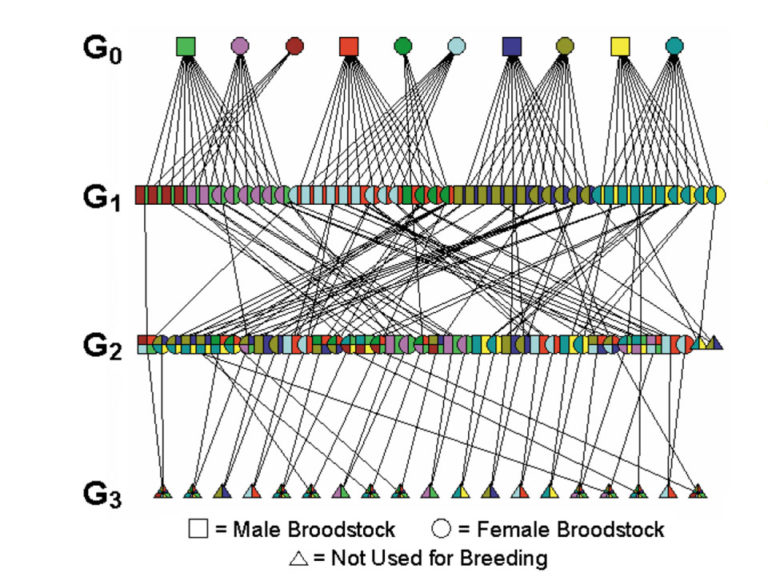
Health & Welfare
Inbreeding depression, the loss of vigor among offspring when related individuals mate, can occur when intense selection is coupled with a narrow genetic base.
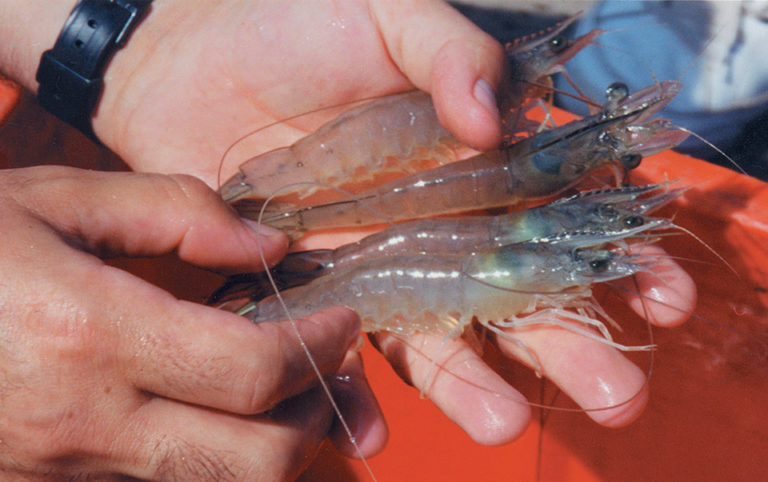
Health & Welfare
Specific pathogen-free status depends on the presence or absence of specific pathogens. This status depends on the level of biosecurity for the shrimp.
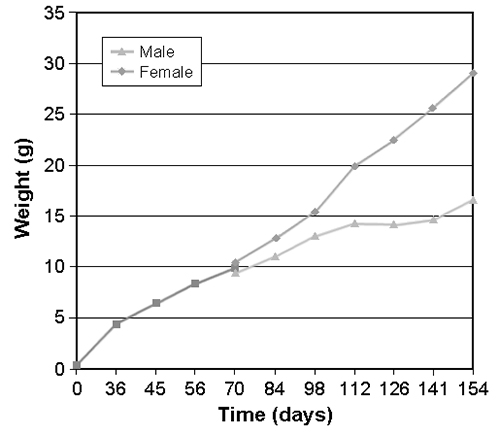
Health & Welfare
In a recent effort to produce specific pathogen-free (SPF) stocks of the fleshy prawn, researchers from two U.S. institutions collaborated.
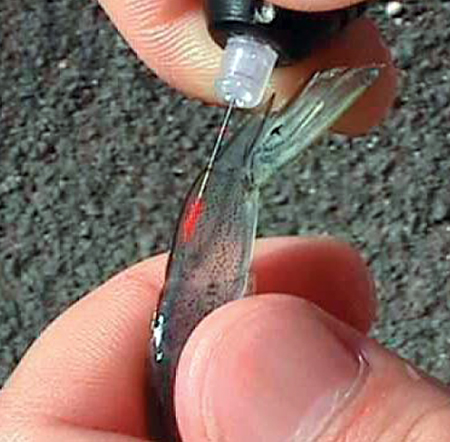
Health & Welfare
A variety of external and internal tags have been developed over the past several decades to enable researchers to monitor aquatic animals.
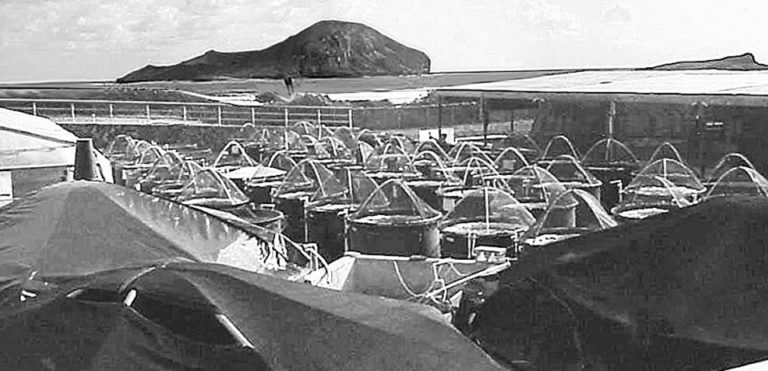
Health & Welfare
Most shrimp cultured today are fed diets with greater than 30 percent protein, with much of this protein obtained from fishmeal.
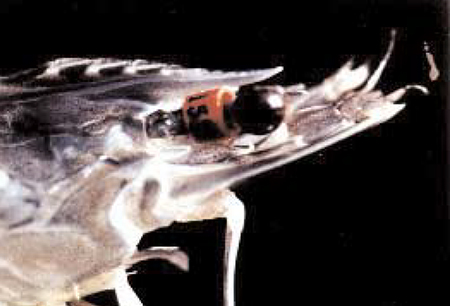
Health & Welfare
Critical to the success of genetic improvement and the breeding program at OI is the use of specific pathogen free (SPF) shrimp stocks.